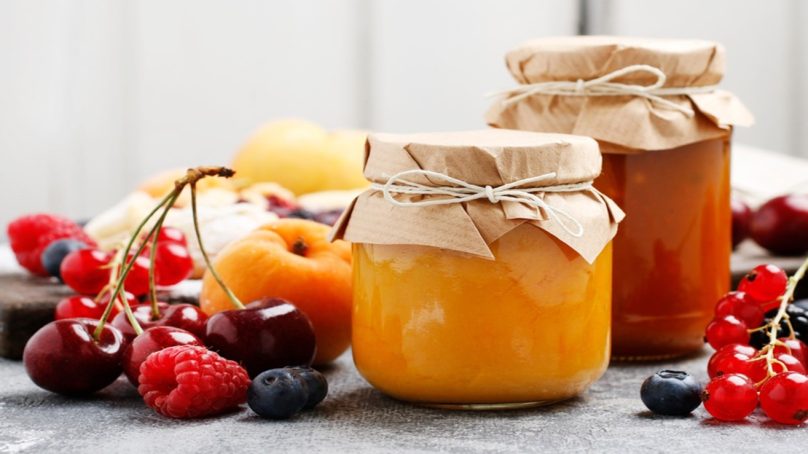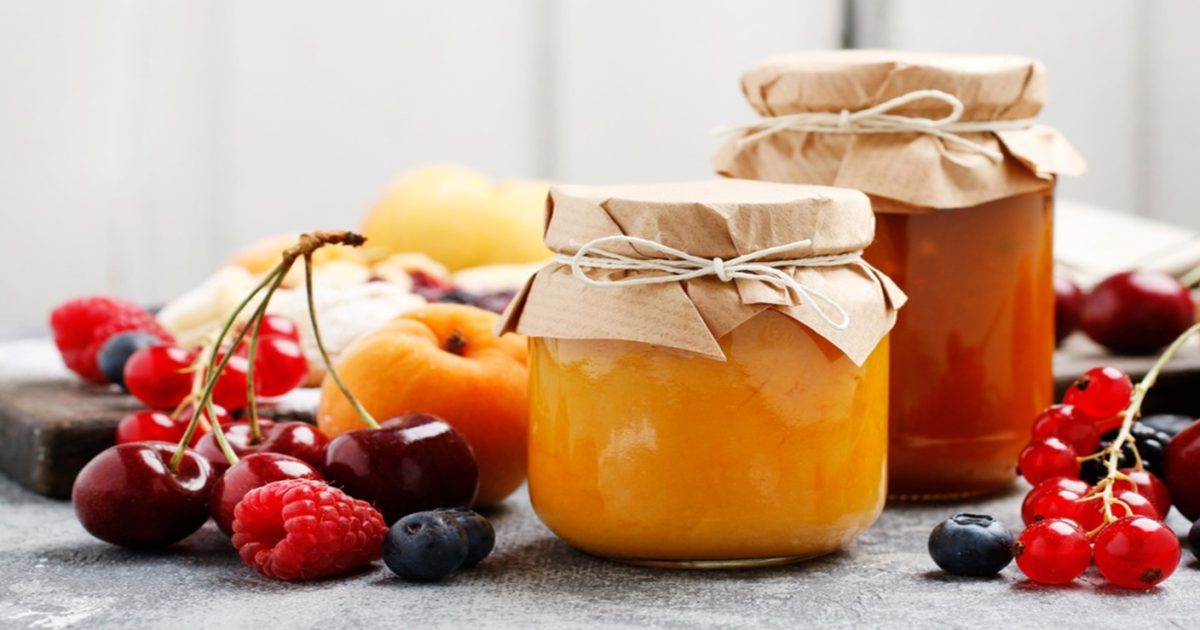

Jams have evolved from modest breakfast table origins to become kitchen staples, sparking innovative culinary experiences. Their nostalgic appeal, flavor and versatility have made them essential in Middle Eastern households. Furthermore, the region’s demand for jams is surging as modern consumers seek flavorful, wholesome foods.
A jam renaissance in the Middle East
Globalization has facilitated culinary exchanges, including jams now becoming popular on Middle Eastern breakfast tables. Local companies are partnering with international firms to introduce products across the UAE, Egypt, Saudi Arabia, Jordan, Kuwait and beyond. For example, in October 2020, Dubai-based Kibsons partnered with UK’s Sainsbury’s to distribute various grocery items in the UAE.
Jam brands
As fruit prices rise, so do the costs of jams and spreads. Brands are implementing strategies to attract price-sensitive consumers. The Covid-19 pandemic further impacted sales, with reduced demand from bakeries. Consequently, consumers are opting for more affordable options, leading to increased sales of own-label products over branded jams.
Consumers are favoring larger jam formats for family use, reflecting a preference for bulk shopping. To meet this demand, manufacturers are focusing on producing 1kg, 720g and 320g jars, while smaller quantities see declining sales. Furthermore, the work-from-home trend has also increased demand for premium breakfast options, prompting jam suppliers to collaborate with other brands for in-store promotions.
Moreover, lockdown habits are re-emerging as consumers replicate restaurant experiences at home. This has spurred a rise in scratch cooking and created opportunities for launching new products. Companies are conducting surveys to understand consumer behavior and developing innovative jams suited for various food occasions.
Some brands are enhancing their sustainability credentials by shifting from plastic to glass jars and promoting eco-friendly packaging. Government initiatives and regulations on plastic packaging further support this transition. For example, a partnership was established between Ajman Department of Tourism Development and Renie to manage plastic bottle waste in the UAE starting January 2024.
Jam market
The global fruit jam market is projected to reach USD16 billion by 2033. The surge is driven by unconventional consumption patterns and innovative uses like jam pancakes and smoothies. Furthermore, in the Middle East, demand for convenience foods and the rise of influencer marketing are expected to boost the industry. Moreover, the emergence of mobile food companies offering toast, sandwiches and burgers will further drive jam and jelly consumption.
In short, Middle Eastern jam producers anticipate a promising future with new growth opportunities over the next decade.

client partner of F&B at Future Market Insights














